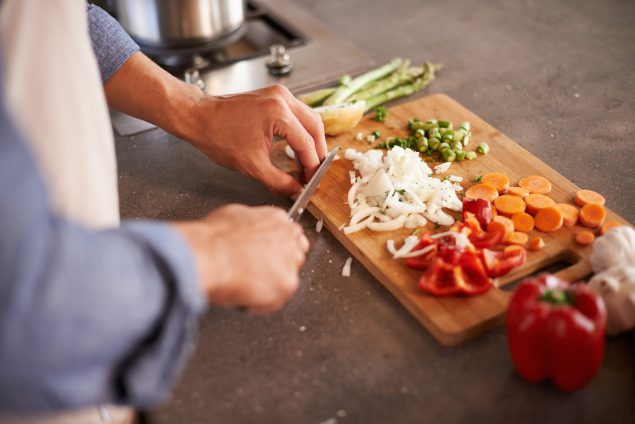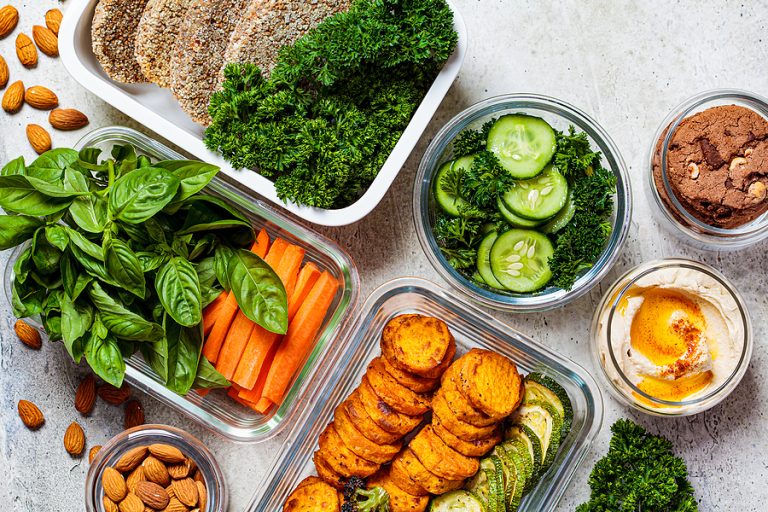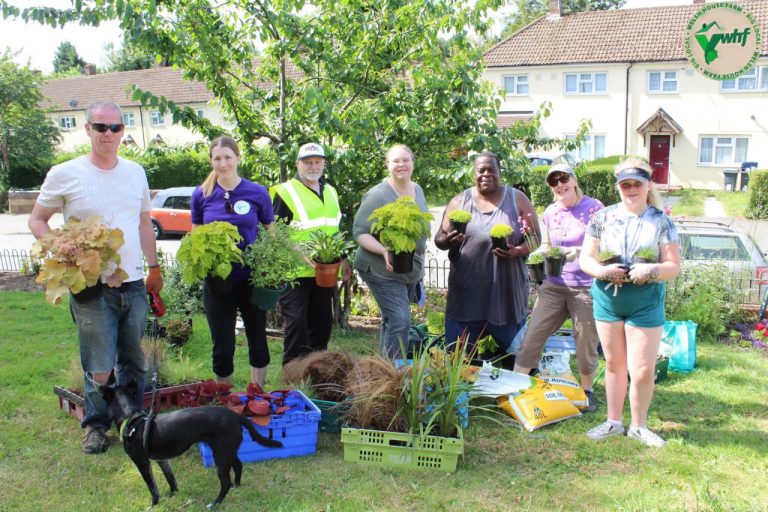These Are The Most Typical Food Safety Errors Made by Home Cooks, According To Experts, And I’m Responsible For A Few Of Them
Everyone has their preferred methods of preparing and cooking food, but some techniques may unknowingly contribute to the spread of pathogens. While food poisoning is commonly associated with dining out, it’s crucial to recognize that the same bacteria could be present in your kitchen.
Keith Schneider, a food safety professor at the University of Florida, emphasizes the importance of food safety at home, stating, “While restaurants have a more significant impact due to serving a larger group, you certainly don’t want to prepare food at home that could make a family member sick.”
According to Joshua Resnick, lead chef at the Institute of Culinary Education, pathogens behave similarly in both home and professional kitchens. He stresses the need for everyone to adhere to proper food safety guidelines at home.
HuffPost consulted with food safety experts to highlight unsafe preparation and cooking methods and provide alternative practices.
Neglecting Handwashing
Before commencing meal preparation, the first and essential step is to wash your hands. Mitzi Baum, CEO of STOP Foodborne Illness, emphasizes the significance of frequent and thorough handwashing with soap and water during cooking. This practice serves as the primary defense against foodborne illnesses, reducing the risk of cross-contamination with utensils, countertops, and foods.
Handwashing is a straightforward yet effective preventive measure to minimize the presence of pathogens. It is especially crucial during the cooking process, particularly when handling raw meat or using electronic devices like phones and tablets. Joshua Resnick highlights the importance of washing hands before cooking and throughout the cooking process, as these devices can harbor bacteria.
Proper Handling of Cutting Boards
When using a cutting board to slice raw chicken or fish, it’s vital to wash it thoroughly with hot water and soap before using it for chopping vegetables. Failure to do so creates an environment conducive to cross-contamination. Keith Schneider recommends using color-coded cutting boards and maintaining separate ones for meat, poultry, and fish to prevent cross-contamination
Exercise caution by cleaning utensils and items that have come into contact with raw meat — this practice also helps minimize the transmission of pathogens. “It’s essential to be conscious of the types of foods you are handling and how you handle them in the kitchen,” emphasized Baum.
Reusing the Same Plate or Utensils for Raw and Cooked Meat
Placing a raw steak on a plate, grilling it, and then unintentionally putting the cooked steak back on the same plate can lead to cross-contamination.
While this is a common-sense practice to avoid, it happens more frequently than expected. “When you bring burgers out to the grill, ensure you use a different plate,” advised Schneider.
Consider the utensils that come into contact with uncooked meat as well. “I clean my tongs between placing the chicken on and removing it,” he emphasized.
Washing Raw Chicken
The debate between those who wash their poultry and those who don’t persist. If you belong to the “always wash your chicken” team, there’s a revelation — it’s not a good idea. Washing meat is unnecessary since it is sold as ready-to-cook. “Washing the bird doesn’t significantly alter it other than removing surface blemishes,” explained Schneider.
The problem with washing chicken or turkey? It’s an effective way to spread bacteria and pathogens in your sink and beyond. After washing the chicken, Schneider highlighted, “It now increases the chance of splatter; what was salmonella on the bird is now in your sink, on your faucet, on your countertop.” He recommended more frequent sanitization of kitchens, especially after handling raw meat.
Concerned about the best way to sanitize the kitchen? “You can use any household cleaners labeled for disinfection,” he suggested. Schneider refrained from recommending a specific brand or type, as it depends on the surface being cleaned. “Honestly, just soap and water will eliminate a lot of the microbes,” he added.
Thawing Meat on the Counter
While there are numerous methods to defrost frozen meat, leaving it to thaw on the kitchen counter is not recommended. Resnick emphasized the importance of correctly thawing raw meats, fish, and poultry due to the presence of bacteria in and on these foods. “If these foods are held at a warm temperature (41 to 135 degrees Fahrenheit) for too long, harmful bacteria will multiply rapidly.”
Even if you believe a partially thawed piece of meat is still safe, Resnick cautioned, “Even if the middle isn’t thawed, the meat on the outside is exposed to this temperature for an extended period and can make your food unsafe to eat.”
Baum outlined several safe ways to defrost meat, stating, “Thaw in the refrigerator, thaw under cold running water, thaw as part of the cooking process, or thaw in the microwave ONLY if it is cooked directly after thawing.” Resnick added that placing frozen meat in a bowl of water is also not a recommended option, as thawing meat in water is similar to thawing it on the counter.
Not Using a Meat Thermometer
Determining if your chicken is thoroughly cooked by relying on its appearance is not a food-safe method. Baum emphasized that touching foods or assessing color does not provide accurate cooking information and may lead to undercooking.
A more dependable approach to ensure your meat is adequately cooked, reducing the risk of foodborne illnesses, involves using a meat thermometer. “Using a meat thermometer to obtain an accurate internal temperature will minimize the risk of consuming undercooked meats, fish, and poultry,” explained Baum. While you might only use a meat thermometer occasionally, such as when checking if the turkey is cooked, food experts recommend utilizing this useful tool throughout the year.
Schneider added, “Time and temperature are great equalizers—if you follow instructions, most of the pathogens we’re concerned about will be easily inactivated. So, ensuring that we reach that killed temperature and having a meat thermometer is critical.”
Different types of meat have specific required temperatures determined to reduce the levels of harmful bacteria. Refer to the U.S. Department of Agriculture guidelines for safe cooking temperatures.
Cooking Raw Food in the Microwave
If you prefer using the microwave over the stovetop, be cautious, as “cooking foods in the microwave can be dangerous because foods do not cook evenly,” according to Baum.
One of the primary concerns is the potential for undercooking. Baum explained, “Microwave ovens have differing wattage that can influence correct cooking times and lead to undercooking. This is an issue because foods must be cooked to the proper internal temperature to ensure that harmful bacteria are killed during the cooking process.”
Educating yourself on how your microwave cooks foods can help prevent the consumption of undercooked food. “Read and follow the instructions for microwave cooking and know the wattage of your microwave to ensure the product is cooked to the appropriate temperature,” she advised.
Putting Warm Food in the Refrigerator to Cool
If you place warm leftovers in the fridge before they are completely cool, you might inadvertently pose a risk to yourself and others.
Resnick highlighted why this is a significant food safety concern. “Most people take warm leftovers, put them in a plastic Tupperware, and stick it into the fridge,” he said. “However, when food sits inside the danger zone temperature range (41 to 135 degrees Fahrenheit) for an extended time, this can lead to bacteria growth that can reach dangerous levels.”
If you’re in a hurry to clean up the kitchen and store leftovers, it’s crucial to ensure that the food has cooled down. To expedite the cooling process while maintaining food safety, Resnick suggested, “Food should be cooled in metal containers over ice or cut into smaller pieces so they cool down quickly.”







